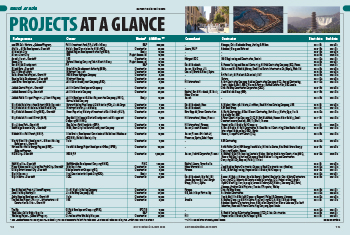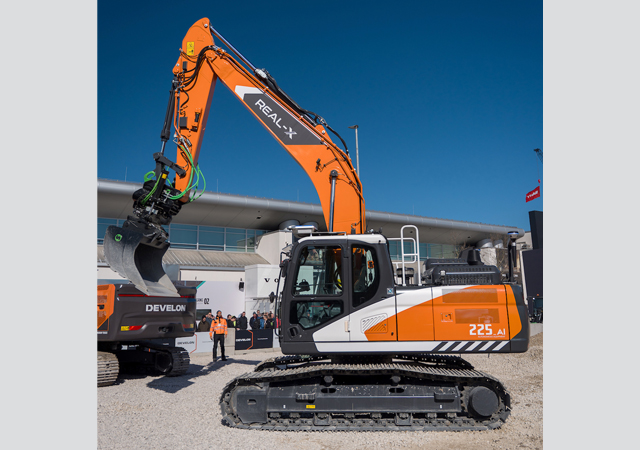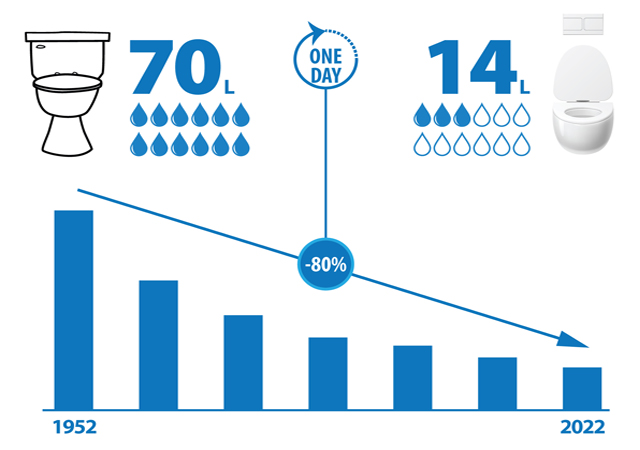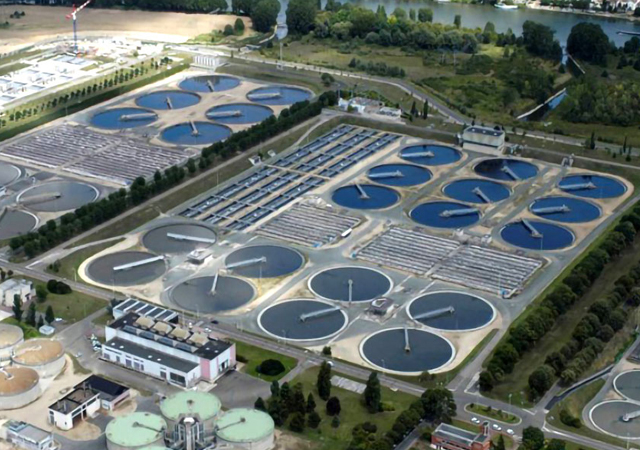

The UK's Tremco says its sealants are meeting the demand from clients to perform under more extreme conditions.
Tremco sealants have been used in big-ticket projects in the Middle East such as the Al Faisaliah Centre in Riyadh, Saudi Arabia.
The company says its strength is being able to recommend the most appropriate sealant for a particular application rather than being restricted by core technologies.
"This not only applies to our existing products, which include an extensive range of silicones, polyurethanes, acrylics and butyls, but also to the portfolio of development projects," says a Tremco spokesperson. "The current product portfolio includes specialist silicones for architectural specification and structural glazing applications and high-performance polyurethanes for use in expansion joints."
Tremco's laboratories in Slough, UK, house a high-calibre team of scientists who work closely with all areas of the business. To assist the technical team, all new project proposals are subject to a new product development (NPD) process to ensure that they are innovative and market-focused.
Existing sealant technologies have been around for many years and the focus of much current product development is centred on reducing costs, the spokesperson says. Unfortunately, these moves are often to the detriment of performance; an approach that has never been adopted by Tremco. Health and safety aspects are, undoubtedly, one of the main concerns within the market at this time, he points out. In addition, there is a major drive towards superior performance and also for more versatile products.
"The market is asking for sealants to perform under more extreme conditions and for a single product to be truly suitable for many applications, thus negating the need for multiple supplies and systems," he says.
As a result, Tremco has set out to investigate the possibility of utilising new polymer technologies in the construction sealants market. In many cases, this involves expanding the core range of technologies to enhance the performance offered by the new technology products.
These can be split into a number of categories relating to improvements in application, usage and health and safety. These new technologies allow sealants to be produced that are solvent and isocyanate free, carry low health and safety risks and have very low odour and taint.
Better adhesive performance has removed the need for primers, addressed staining problems, allowed for direct application onto damp substrates and produced excellent adhesion to a wide variety of typical building materials. Improvements in overall performance lead to greater joint security and a superior chemical resistance when compared to existing sealant products.
Tremco says one new system for sealant and adhesive applications employs organofunctional silane capped polyurethane (SPUR) prepolymers.
"SPUR technology provides not only NCO-free prepolymers with good durability and excellent adhesion, but also generates polymers that can be tailor-made to have high or low modulus performance for different applications.
"In a manner similar to conventional polyurethane chemistry, SPUR prepolymer precursors can be built up for different inherent properties using various types of polyols and diisocyanates," the spokesman explains.
This range of tailormade prepolymers is further extended by careful selection of the organofunctional silane endcappers.
These prepolymers can be formulated to make sealants that offer an ideal balance between physical properties and application oriented benefits; such as immediate paintability, improved UV (ultraviolet) and weather stability, superior adhesion performance to organic and inorganic substrates and enhanced chemical resistance, he says.










 BIG.jpg)

.jpg)

























.jpg)













